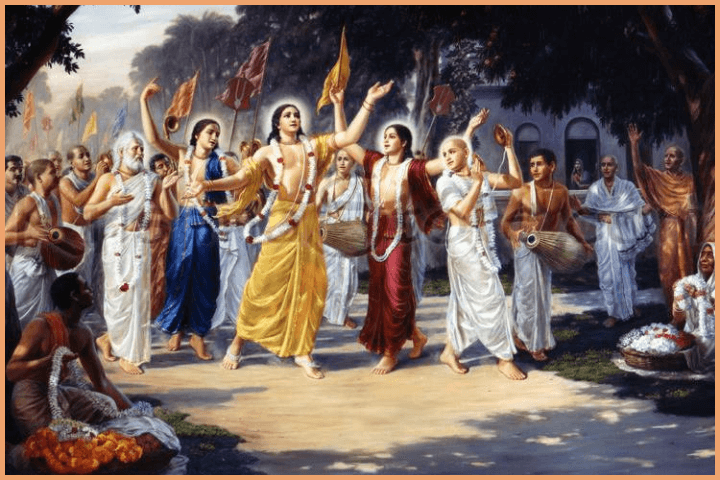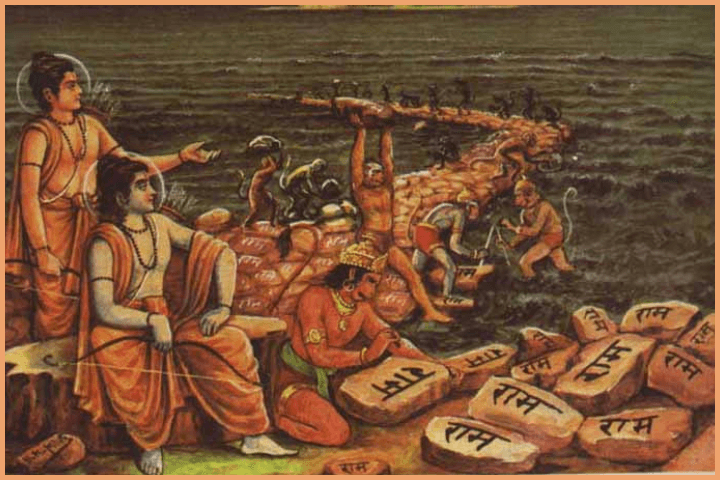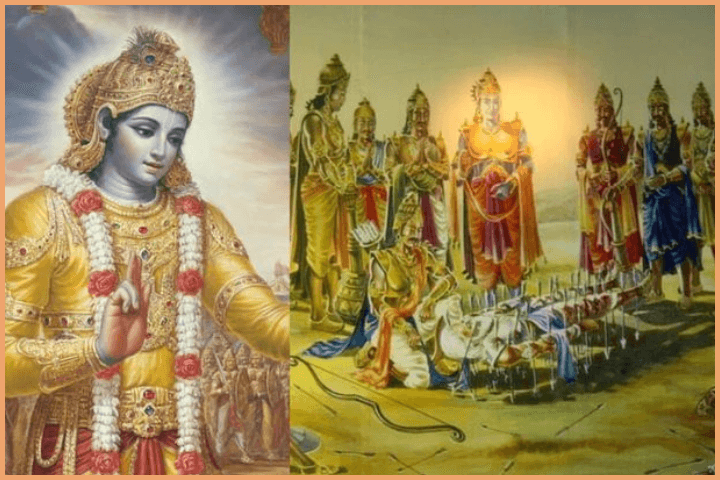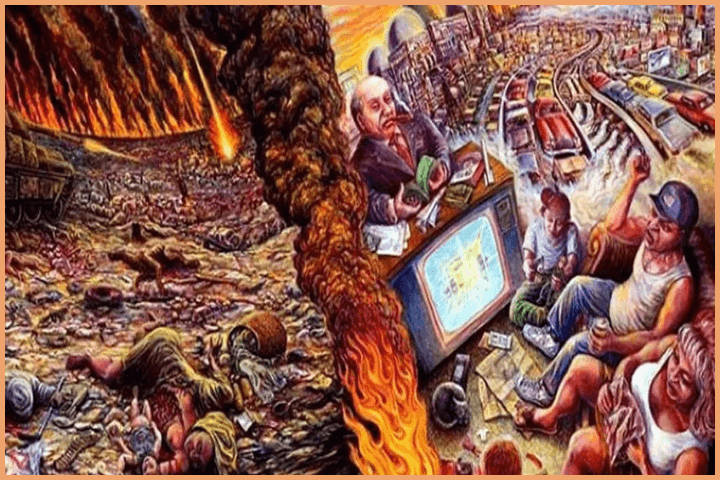Hinduism explains time as an eternal cycle of creation and destruction, moving through four major epochs known as the four yugas. These yugas repeat in a continuous loop, symbolizing the rise and fall of righteousness in the world. Each yuga represents a different era with distinct characteristics, spiritual qualities, and human behavior. The four yugas are Satya Yuga, Treta Yuga, Dvapara Yuga, and Kali Yuga.
Understanding the Four Yugas
The concept of the four yugas is central to Hindu cosmology. Unlike the linear view of time in the Western world, Hinduism perceives time as cyclical. This cosmic cycle spans vast periods far beyond human comprehension. According to the scriptures, one full yuga cycle lasts for 4.32 million years. Each yuga has a unique duration and level of spiritual purity, with goodness gradually declining from one yuga to the next.
The duration of each yuga is:
- Satya Yuga: 1,728,000 years
- Treta Yuga: 1,296,000 years
- Dvapara Yuga: 864,000 years
- Kali Yuga: 432,000 years
A thousand such cycles make up one Kalpa, which equals 4.32 billion years. This vast time scale is said to align with modern scientific estimates of the universe’s age, demonstrating the advanced cosmological understanding in ancient Hindu texts.
The Four Yugas in Detail
The cosmic cycle in Hinduism is divided into four distinct ages, known as the four yugas. Each yuga represents a phase of spiritual and moral evolution, with a gradual decline in righteousness and truth. Below is an overview of each yuga, highlighting its key features and significance.
1. Satya Yuga – The Age of Truth
Satya Yuga, also called the Golden Age, marks the beginning of the cosmic cycle. It is the era of purity, truth, and righteousness, where humans live in harmony with nature and the divine. Spiritual wisdom is at its peak, and people practice deep meditation and self-discipline.

Key features of Satya Yuga:
- People live for up to 100,000 years with perfect health.
- There is no war, disease, or suffering.
- Truth and compassion govern human interactions.
- Humanity experiences divine consciousness and profound spiritual wisdom.
In this age, dharma (righteousness) prevails completely, and people remain free from greed, violence, and deception. During this epoch, Lord Vishnu is believed to have incarnated as Matsya, Kurma, and Varaha.
2. Treta Yuga – The Age of Sacrifice
Treta Yuga, known as the Silver Age, follows Satya Yuga. It marks the gradual decline of spiritual purity. Though truth still dominates, it begins to diminish. People become slightly materialistic but remain largely virtuous.

Key features of Treta Yuga:
- Humans live for up to 10,000 years.
- Society is divided into four varnas (classes): Brahmins, Kshatriyas, Vaishyas, and Shudras.
- Rituals and yajnas (sacrificial offerings) are performed to please the gods.
- The era witnesses the appearance of Lord Vishnu’s avatars, including Vamana, Parashurama, and Rama.
Treta Yuga is marked by great events, such as the Ramayana, where Lord Rama defeats Ravana, symbolizing the victory of dharma over adharma (evil). However, greed and ego start to rise during this epoch, causing the spiritual decline of mankind.
3. Dvapara Yuga – The Age of Energy
Dvapara Yuga also called the Bronze Age, represents a further decline in morality and righteousness. Although some virtuous rulers uphold dharma, deception, and greed, become more common. Society starts losing its spiritual values, and materialism grows stronger.

Key features of Dvapara Yuga:
- Human lifespans are reduced to around 1,000 years.
- People become more self-centered and materialistic.
- Wars become frequent as kings fight for power.
- Temples and idol worship have become prevalent.
During this era, Lord Vishnu incarnates as Krishna, who imparts the Bhagavad Gita’s wisdom to Arjuna. Despite the increasing godlessness, holy kings and sages strive to protect dharma.
4. Kali Yuga – The Age of Darkness
Kali Yuga, also known as the Iron Age, is the present epoch. It is marked by spiritual decline, deception, and chaos. Truth and virtue diminish significantly, and human morality deteriorates. Corruption, greed, and violence dominate society.

Key features of Kali Yuga:
- Human lifespans shrink to around 100 years.
- People become greedy, deceitful, and selfish.
- Crime, war, and natural disasters increase.
- Spiritual knowledge and dharma fade, and materialism prevails.
According to Hindu scriptures, Kali Yuga will end with the appearance of Kalki, the final avatar of Lord Vishnu. He will restore dharma, marking the end of the cycle and the beginning of a new Satya Yuga.
Symbolism and Spiritual Meaning of the Four Yugas
The four yugas symbolize the progressive decline of dharma and human spirituality:
- In Satya Yuga, dharma is complete and pure.
- During Treta Yuga, dharma decreases by one-fourth.
- In Dvapara Yuga, only half of the dharma remains.
- By Kali Yuga, only one-fourth of dharma survives, while sin and ignorance dominate.
This gradual decline mirrors humanity’s spiritual fall from purity to ignorance, highlighting the need for spiritual practices to stay connected with higher consciousness.
The Cosmic Cycle and Its Rebirth
According to Hindu cosmology, the world will be destroyed and recreated at the end of Kali Yuga. This dissolution will cleanse the universe of sin and impurity. The cycle of yugas will then begin anew with the purity of Satya Yuga, continuing the eternal rhythm of creation and destruction.
Conclusion
The four yugas illustrate the cosmic rhythm of time, representing the rise and fall of human morality and spirituality. Each epoch reflects humanity’s changing values and spiritual strength. Despite the darkness of Kali Yuga, it offers a unique opportunity for spiritual growth, as liberation (moksha) is believed to be most attainable during this age. Understanding the yugas helps us recognize the impermanent nature of the world and encourages us to embrace righteousness, regardless of the era we live in.

